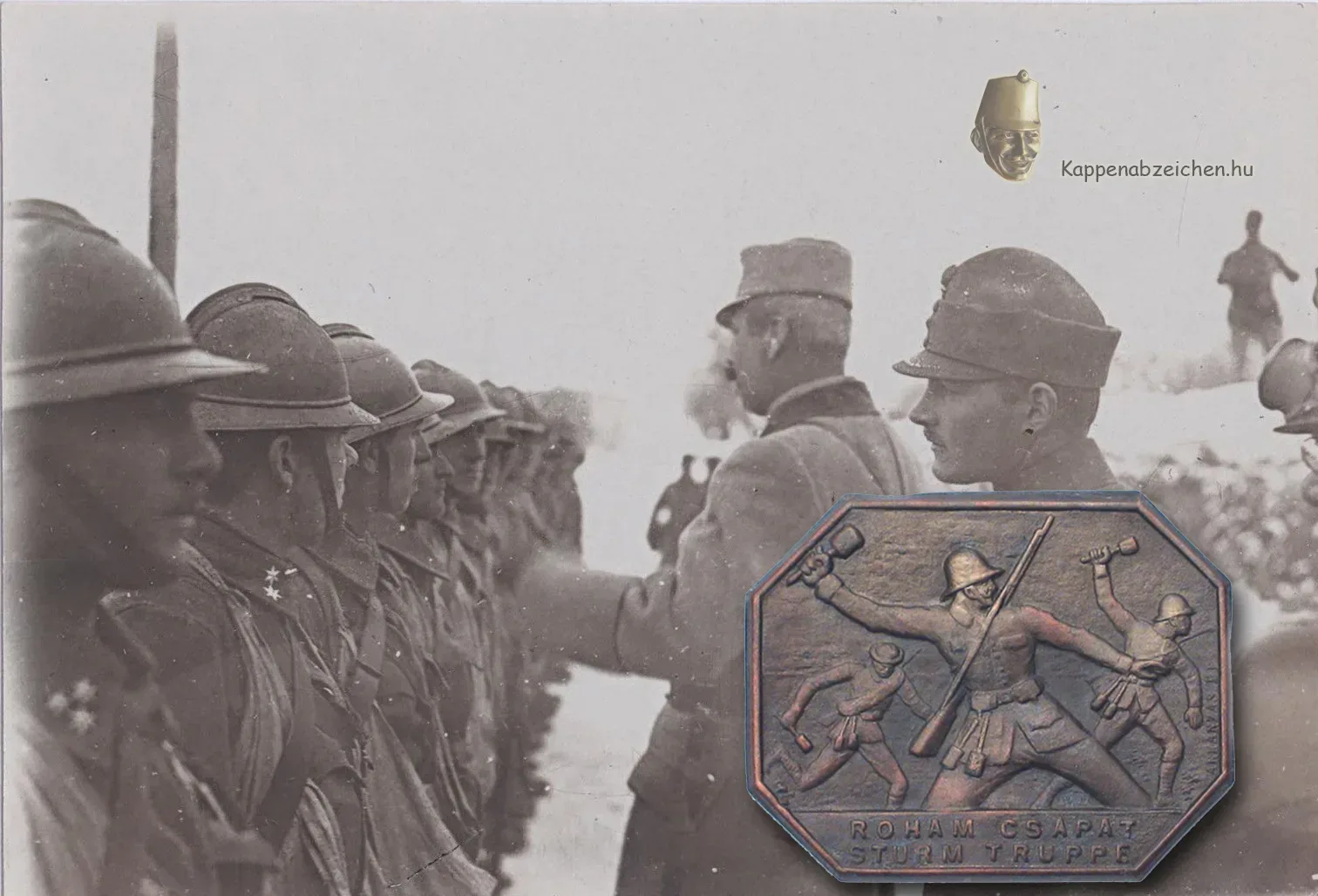Steel helmet
In the conditions of the Great War, the greatest danger to the troops standing in the trenches was the projectiles of the enemy artillery. In 1915, it became obvious that soldiers’ heads had to be protected against shrapnel from impacting grenades and blows from flying pieces of stone or other debris. Therefore, the British, the French and the Italians started producing infantry helmets as early as the end of 1915. The Germans designed and began manufacturing the 1916 M steel helmet in 1916. The Monarchy began to import German helmets from the end of the year (400,000 pieces until the end of the war), then in 1917 it started production itself (500,000 pieces). There was also a self-designed helmet, manufactured by the Berndorfer company (140,000 pieces).

The helmets differed not only in their shape. Different alloying materials were used for them and their material thicknesses also differed. German helmets were the thickest and heaviest (1 mm thickness, 1380 grams weight). The French 1915 M Adrian helmets were made of unalloyed steel and had a material thickness of 0.7 mm. All helmets were equally pierced by a close-range pistol shot.

In my previous posts, the M 17 helmets manufactured after the German model were included. For the sake of order, I’ll also insert an insignia here, the 27th stormtrooper, on which the soldier wears this helmet. In the opening picture, however, we see stormtroopers wearing looted Adrian helmets. Due to the general lack of helmets, the Monarchy used equipment captured from the enemy, including helmets. Looking at the range of Kappenabzeichen, we see German-style helmet depictions. There is only one badge on which the helmet has a different shape, I will attach it here. I do not dare to say that we see Adrian helmets on this one, but it is certainly not M 17 Austro-Hungarian.





